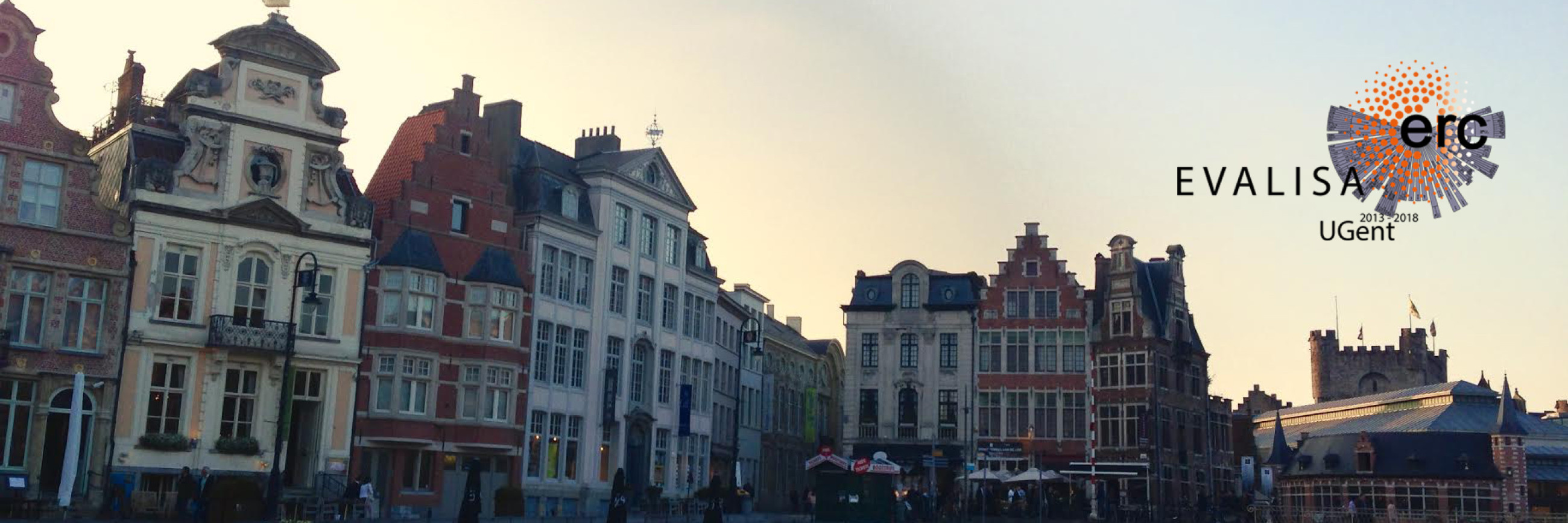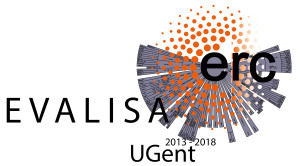The Evolution of Case, Alignment and Argument Structure in Indo-European
Alignment and argument structure lies at the heart of all current theoretical models in linguistics, both syntactic models and research within typology. In spite of that, no large-scale comprehensive study of the historical development of case marking and argument structure has been carried out in modern times, using modern linguistic approaches and frameworks, and covering an entire language family from its first documentation until modern times. The project EVALISA aims to investigate case marking and argument structure from a historical perspective, or more precisely non-nominative case marking of subjects, focusing on its development through the history of the Indo-European languages. One of the products emerging from the project is an electronically searchable database of predicates taking non-nominative subject marking, available to the research community at large, for further research on the topic. Another product is a typology of grammaticalization paths of non-nominative case marking of subjects. This is a timely enterprise given that non-nominative subject marking is extremely common in the languages of world. A third product is a methodology for reconstructing syntax and grammar, based on the tools of Construction Grammar. The theoretical framework of Construction Grammar is easily extendible to syntactic reconstruction, due to the basic status of form–meaning pairings in that model, and hence the more lexicon-like status of the grammar. This creates a natural leap for Construction Grammar from synchronic form–meaning pairings to historical reconstruction, based on form–meaning pairings. This methodology is of importance for scholars within anthropological linguistics, working on the history of oral or less-documented languages.


